Our History of Church Planting
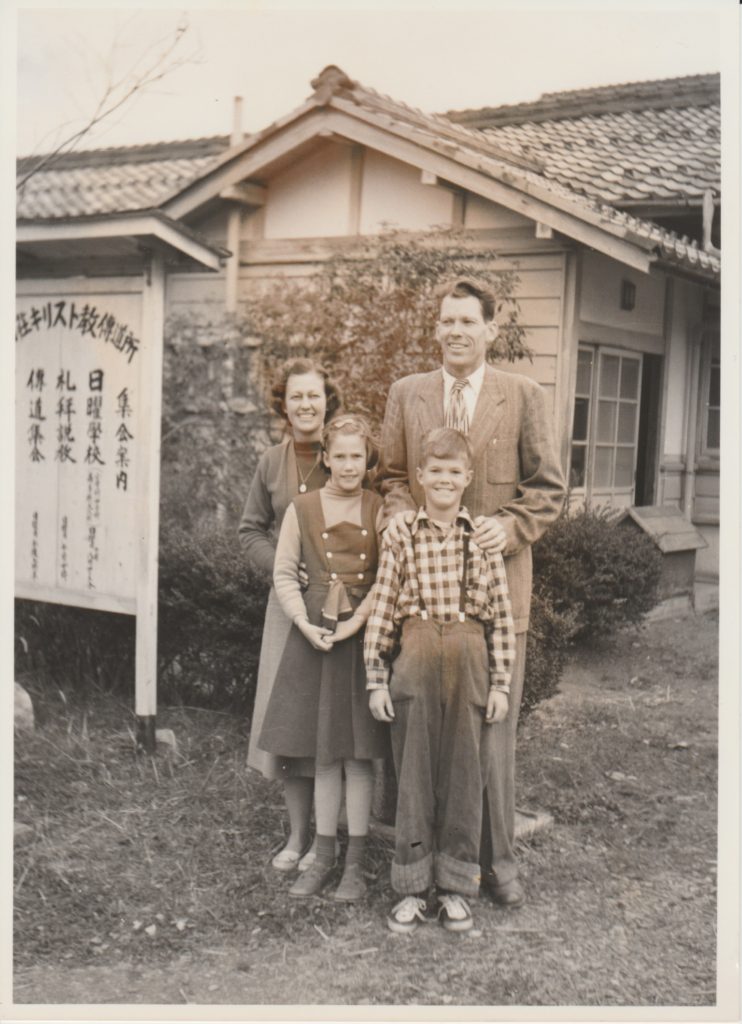
At the end of the Second World War, General MacArthur called for a thousand Protestant missionaries to Japan. WEC’s work began as a response to that call when Lon and Yvonne Fulton arrived in Japan on October 22, 1950.
A Quaker missionary couple, the Nicholsons, had agreed to act as guarantors for the work, and since they had strong links with the Omi Mission in Shiga prefecture, they arranged for WEC also to begin evangelistic work in Shiga. The Fultons purchased the house which now serves as the WEC headquarters for 70,000 Yen and spent half as much again repairing the buildings. In 1951, a further eleven missionaries arrived and were living in the headquarters building. Within two years of the Fultons’ arrival, a total of eighteen WEC missionaries had come to Japan, half of whom were from America.
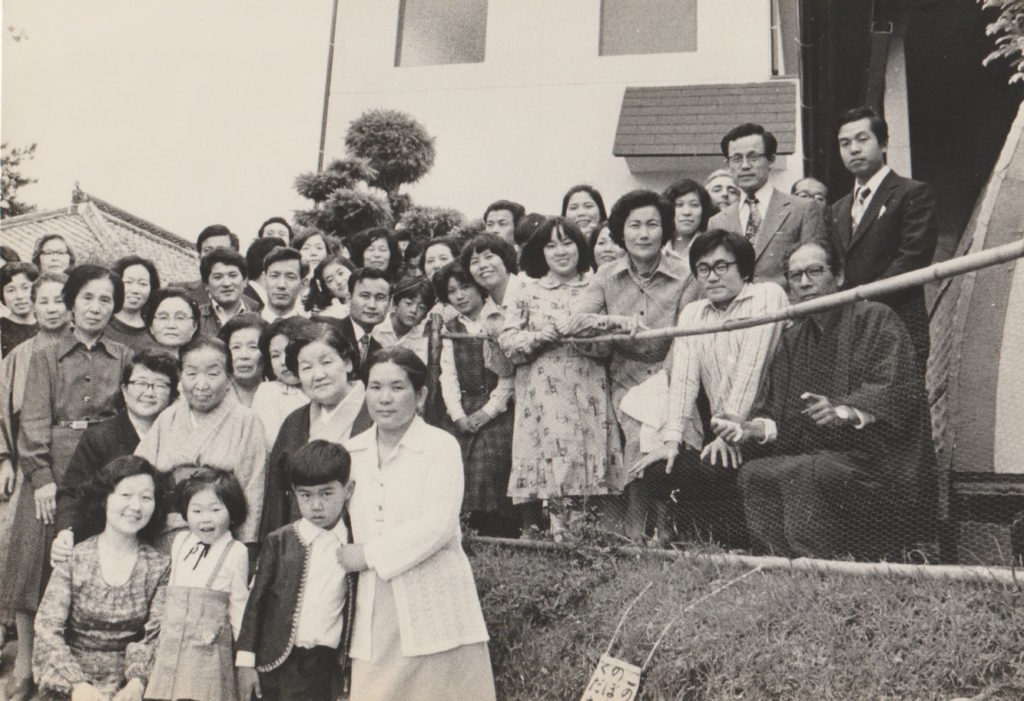
The Post-war period was one were the nation was searching for spiritual and emotional stability, and where Christians were free from the wartime repression and persecution. The first evangelistic meeting at Gokasho saw over a thousand people attend, and by 1953 WEC had established regular meetings in eight towns and villages. (Gokasho in 1950, Echigawa in 1951, Kinomoto in 1952, and Yoshino, Nagahama, Hikone, Takatsuki and Hino in 1953) The main means of evangelism in this time was literature distribution and tent meetings. However, interest in Christianity soon waned: weekly attendance at these meetings fell to an average of 10, and at the end of 1953, four of the mission stations were closed down. There were still some advances, however, and Yokaichi (later renamed Higashi Omi church) opened in 1954.
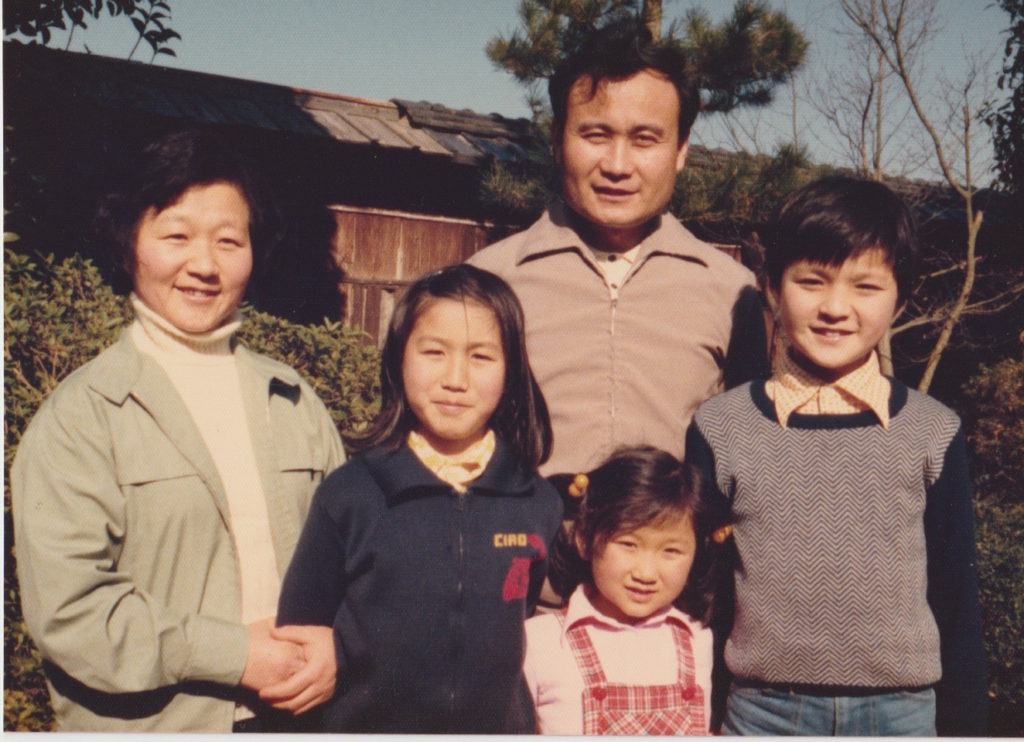
The first Japanese workers were brought into the mission in 1956. Lon Fulton set up an organisation called “The Crusade”, with Miss Yamaguchi and Mr Nagazawa as first members. At the time The Crusade was seen as the Japan branch of WEC and its workers were WEC International members. In 1957, three more Crusaders were added to the mission. In 1958, The Crusade was folded into WEC International, and five more Japanese workers joined. The present grouping of Japanese WEC Churches, the Sekai Fukuin Dendou Dan, was officially established in 1965, and WEC missionaries became SFDD members.
Further evangelistic efforts led to churches in Otsu (Geoff Roberts and pastor Nagasawa, 1956), Moriyama (the Turnbulls, 1957), Ritto (Doris and Ken Sunde, 1963)
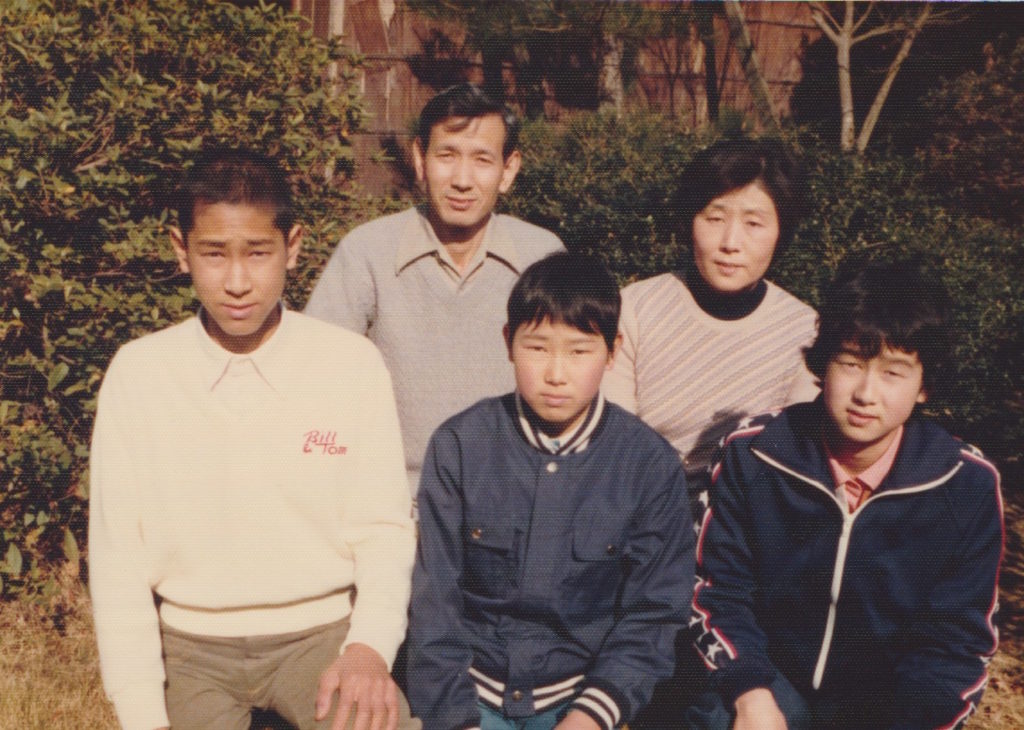
WEC initially did not intend to expand their mission to Kyoto city. In 1964, Geoff Roberts, working in Otsu, held meetings at the CLC bookshop in Kyoto, but these meetings did not gather many people and eventually closed down. The expansion into Kyoto was the result of one-to-one evangelism by a German missionary, Gisela Wind. She arrived in Japan in 1965 and was studying Japanese in a language school, and through her friends and contacts soon established two Bible studies in the city. In 1973, one of her Bible study groups (called “Katsura Church”) merged with an independent church to form Rakusei Church. A church was also established in Uzumasa, and in 1975, a church in Ishiyama was opened by Geoff Roberts following tent campaigns there.
The second thirty years
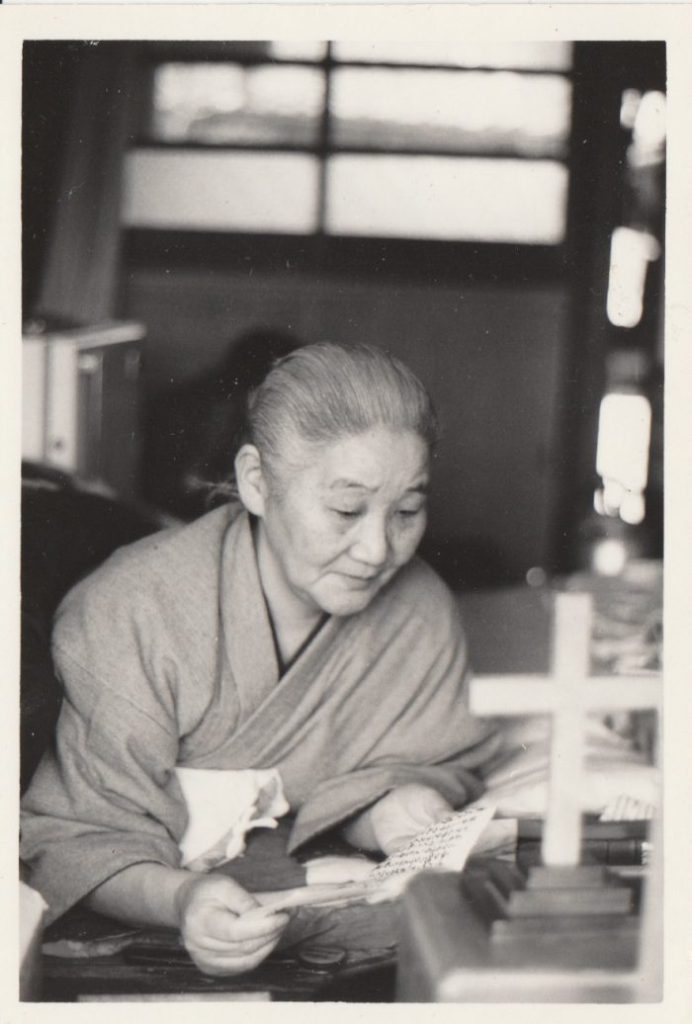
The first thirty years of WEC Japan can be characterised as a period of rapid expansion. The start of the second thirty years saw another attempt at such expansion, as in 1979 the field agreed a new target of starting 10 new mission stations in 10 years, leading to churches in Rakusai New Town, Tango, Kusatsu, Hikone, Wani and Saidaiji.
The work in Kusatsu began in January 1980 when Hermann and Gillian Spronk began evangelistic meetings in their house in east Kusatsu. From 1983, they rented a house in Nomuracho as a church building and Mr. and Mrs. Ikeda from Yokaichi church moved to Kusatsu to help with evangelism.
Rakusai New Town also started in 1980, in near record time: the Massons moved into a flat in the area in May and began services at a local believer’s house at the start of June. In 1983 they moved to the present location and saw their first baptism in December that year.
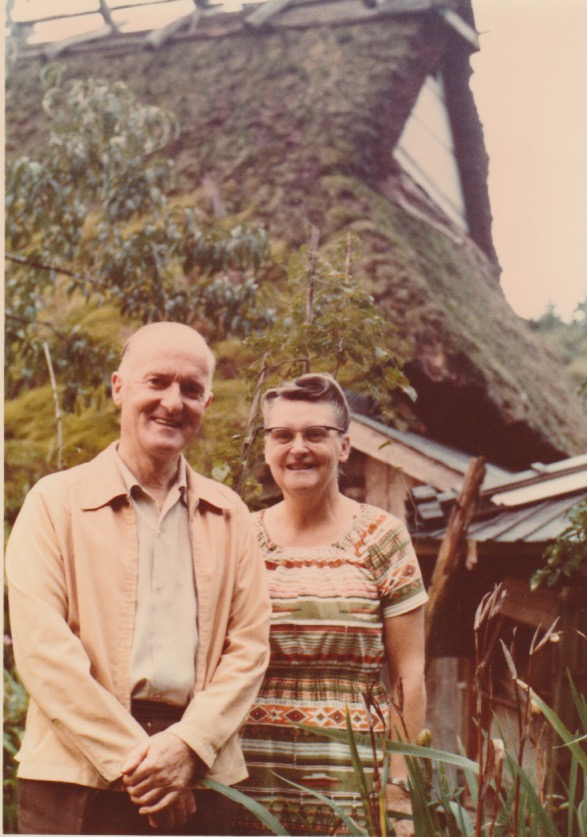
Hikone had been a mission station in the past, initially through the work of John and Connie Masson, and evangelism there continued through to the 1970s, but services were held at Nagahama church. In 1986, the work became separate from Nagahama and services were begun in Hikone at the newly-named “Hikone Christian Centre” as an outreach from Yokaichi.
Ken and Betty Roundhill had always had a vision for a Bible college for our group of churches, and when they returned to New Zealand and retired, it seemed that this vision would not be accomplished. However, God called them back to Japan three years later, and in 1987, they began to build Hebron Bible Institute in the grounds of the headquarters building. The school opened in 1989 and ran through until 1997 when the Roundhills finally retired permanently, after training 22 full-time and 45 part-time students.
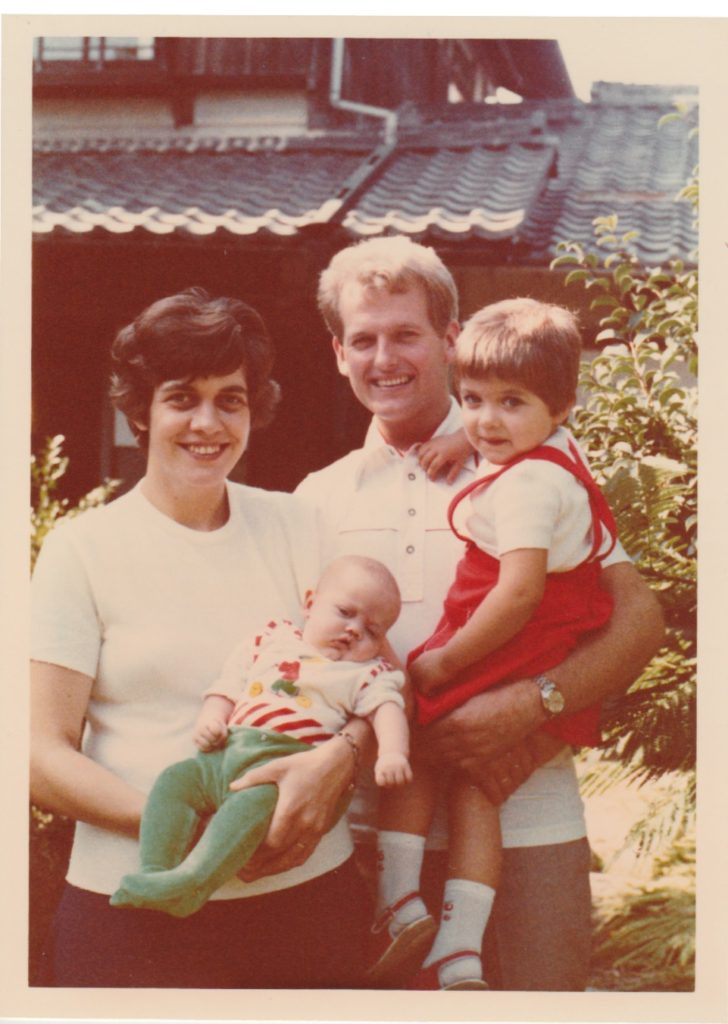
In 1990, a team of believers from Uzumasa church, working with Newman and Marianne Muzvondiwa, began evangelism in Tango in the north of Kyoto. Despite ten years of good contact-making and some interest, a church there did not develop. In 1998, the SFDD’s home mission team identified another area of interest, Saidaiji, between Kyoto and the church at Yoshino. Pastor Aiba was sent from Ritto, and joined by Irelle White, Pastor Hazui, Diane Yarnell and Peter and Edi Wilson, but again the church was not sustainable.
The SCENT team comprised of the Crowhursts, the Wilsons and Jocelyn Pethybridge (NZ) launched Kaori Church in 1999 as a pioneer church plant in Wani, Shiga-cho, which is now a part of Otsu city. In 2000, the Lees joined by SeonJae Yu pioneered a new church named Ai No Kyokai in central Kyoto but closed down in 2008.
The third thirty years
WEC now begins its third period of 30 years in Japan with new outreaches planted in Yamashina by Chungkyu and Eonmee Lee and Ben and Jessica Hallam in 2012. HisStory team led Simon and Henrietta Cozens including Peter and Edi Wilson, Richard (Munheng) and Candy Yim, John and Samantha Tan planted in Fushimi, south Kyoto in 2014. God has recently sent a new batch of missionaries to Japan and we look forward to another thirty fruitful years under His leading!
WEC Japan has decided to be independent from the SFDK organizationally, though it still aims to work together with the SFDK. This move is intended to be completing Gods calling as a mission and to be effective for the ministries in this changing world, building wider, healthier partnerships with local churches.. We are developing mobilization work in Japan for recruiting Japanese to Gods mission both inside and outside Japan. WEC Japan is building a membership department to coordinate training, support and care for Japanese candidates for missions. WEC Japan wants to expand partnerships and areas of work, focusing on Church Plants.
WEC Japan Field leaders:
1950-1956 Fulton
1957-1959 James
1959-1968 Roundhill
1968-1973 Roberts
1973-1976 Burns
1976-1984 McElligott
1984-1994 Owens
1995-2004 Levy
2005-2013 Crowhurst
2013-2019 Lee
2019-2022 Feldt
2022-present Chun
